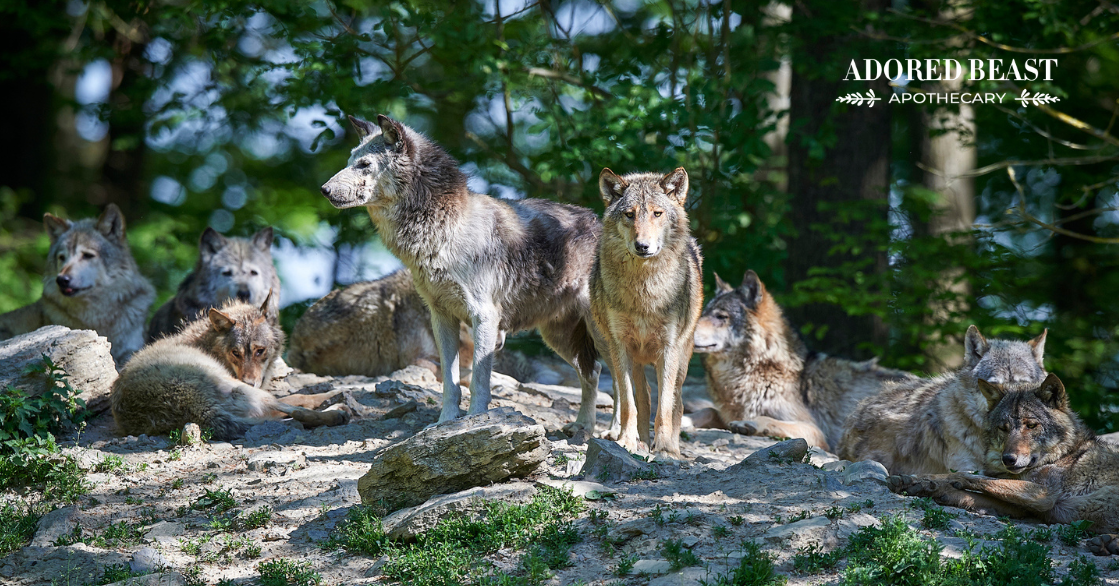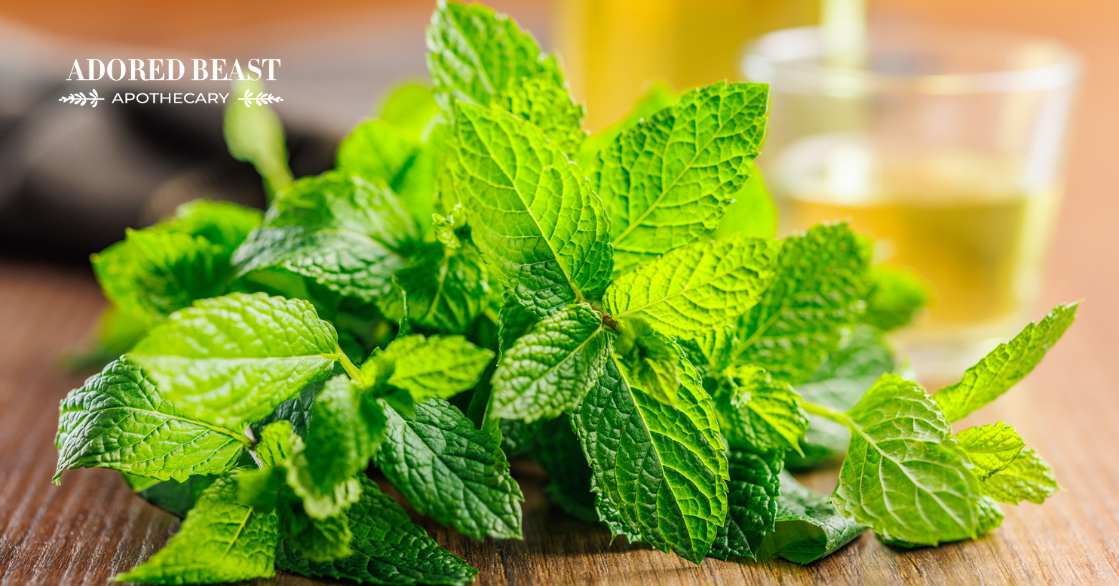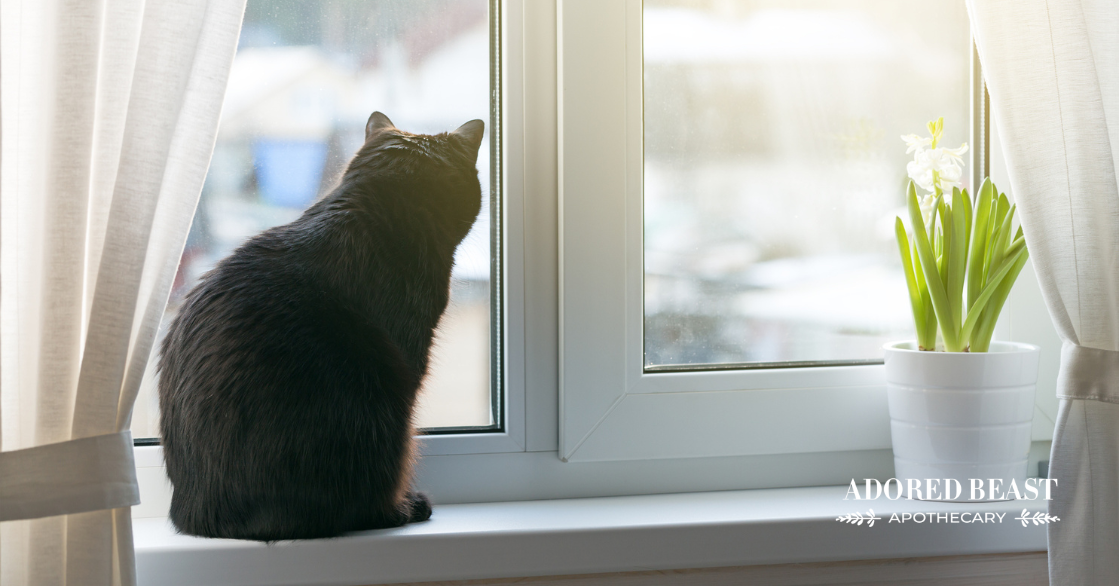If you’re anything like me (and the rest of the ABA team), you’re always on the lookout for new foods to add to your animal’s meal rotation. We love providing variety through functional foods that up the ante in the bowl.
One of our favourite things to add (and our pups’ favourites too) is green tripe.
Have you heard of it? Do you feed it? There are several reasons to add it to the menu – but there are a few things to note first!
Today, let’s dive into the world of tripe for dogs – that funky-smelling, nutrient-packed stomach lining that can make tails wag and noses twitch (for us humans, be prepared and grab a clothespin to plug your nose!).
What is Tripe?
First things first… what, exactly, is tripe?
Tripe is the stomach lining of ruminant animals (animals with 4 stomach chambers), commonly sourced from cattle, sheep, goats, or deer. It is a nutrient-rich organ meat that has been a part of human and animal diets for centuries.
There are actually different types of tripe (because of the four different stomachs), and these are the most popular:
- Blanket tripe – this comes from first stomach chamber – it is flat and smooth, like a blanket
- Honeycomb – this comes from the second chamber – the most popular (for humans) because it is more tender
- Omasum – it comes from the third chamber – it is a mix of blanket and honeycomb
- Abomasum – this one is from the fourth chamber – it is the least commonly consumed (again, among humans)
Even more importantly, tripe comes in two main varieties: bleached tripe and green tripe.
Bleached Tripe: This variety of tripe is what you typically find in the meat section at the grocery store. It undergoes a bleaching and cleaning process to remove the natural odours and impurities. The thing is, the stuff you find at the grocery store might look neat and tidy, all bleached and sanitized, but it’s actually missing the magic that makes tripe a canine superfood.
That comes only from green tripe…
Green Tripe: Green tripe is unbleached and minimally processed, retaining its natural colour and nutritional value. Green tripe gets its “green” label from the undigested plant matter found in the stomachs of herbivores, giving it a greenish tint.
[RELATED] Bone Broth is another nutritional win for our pets! Here’s the recipe.
The Benefits of Tripe for Dogs
Why is green tripe a such a big win in our books?
Well, it’s like a nutritional jackpot for our four-legged friends. It’s loaded, literally:
- Digestive enzymes – these aid the digestive process by breaking down food and making it easier for them to absorb all the goodness from their meals.
- Essential fatty acids – omega 3 and 6 in a well balanced ratio
- Protein – one that even the most sensitive dogs tend to tolerate well
- Essential amino acids – the building blocks of muscle and tissue repair
- Many vitamins and minerals, such as magnesium, copper, calcium, selenium, and vitamins B1 and B2
There are several reasons why we love it so much. The first being that, because it is so nutritionally dense, it can be really valuable for all animals, at all life stages.
But perhaps even more importantly, it can be very helpful for sick animals who’ve lost interest in food, including those with kidney issues, because of the palatability – the taste and smell makes it almost impossible to resist.
Finally, if you know about Traditional Chinese Veterinary Medicine, you’ve likely heard that “like feeds like,” and tripe is invaluable to an Earth personality type or any animal experiencing issues related to the stomach! Remember, you want organs sourced from farms that follow sustainable, pasture-raised, organic practices. The health and wellness of the animal in life impacts the nutrition that the organs hold.
Does tripe for dogs contain probiotics? The probiotic in green tripe is lactobacillus acidophilus – so technically, yes. Unfortunately, the shelf life of this bacteria diminishes when it’s exposed to air. So, while it does initially contain beneficial bacteria, the amount decreases very quickly once it is hit with oxygen. The closer you are to the source, the more probiotic bacteria your tripe will contain, but just note that tripe is not going to meet the totality of your animal’s probiotic needs.
Where to Find Green Tripe for Dogs
You won’t find raw green tripe at the grocery store, but there are several options out there if you know where to look!
- Raw tripe. You can often find frozen or fresh green tripe at your local abattoir, or ask your butcher to source some for you. Just cut up the strips and replace some of your dog’s regular food with a few chewable slices, or give them as a treat or topper (note, it’s very hard to cut, so make sure that your knives are sharp!)
- Commercial raw tripe for dogs. Your local raw pet food store likely carries tripe options that you can spoon out and serve. Just follow the directions on the package.
- Freeze-dried tripe. Freeze drying allows tripe to remain on store shelves for longer periods of time without losing its nutrients. Freeze-dried tripe typically comes as nuggets or mini patties. You might even find different kibbles which contain freeze-dried tripe.
- Canned tripe. A few different companies make canned green tripe specifically for pets, so this is another easy option!
- Tripe treats. These are an easy way to feed tripe. As mentioned, most dogs LOVE the smell, so these are great high-value treats for training.
Tip: We won’t lie: tripe STINKS! If its pungent aroma makes you gag, feed it outside! That said, you do get used to the smell, and remember, it’s part of what makes it so appealing to your pup!
Can Cats Eat Tripe?
Now, you might be wondering, “Can my feline friend join the tripe party?”
The answer is yes. Cats can eat green tripe too, reaping the same benefits. However, it’s essential to ensure that it’s part of a balanced diet, not as a standalone meal for ongoing periods of time. We recommend it as treats or toppers for our feline friends.
That said, we know that cats can be picky, so you can try a little tripe on its own to see if your cat likes it. We don’t recommend starting off with it in their regular meal, just in case they’re not a fan. Once you get the green light, mix in it on a sporadic or regular basis – whatever floats your cat’s boat!
Green tripe might not be winning any beauty contests, but for our dogs (and even some adventurous cats), it’s a nutritional powerhouse that can make mealtime exciting and beneficial. So, the next time you catch a whiff of that unmistakable aroma, know that you’re treating your pet to something that goes beyond the ordinary – you’re treating them to a tail-wagging, belly-loving delight!












